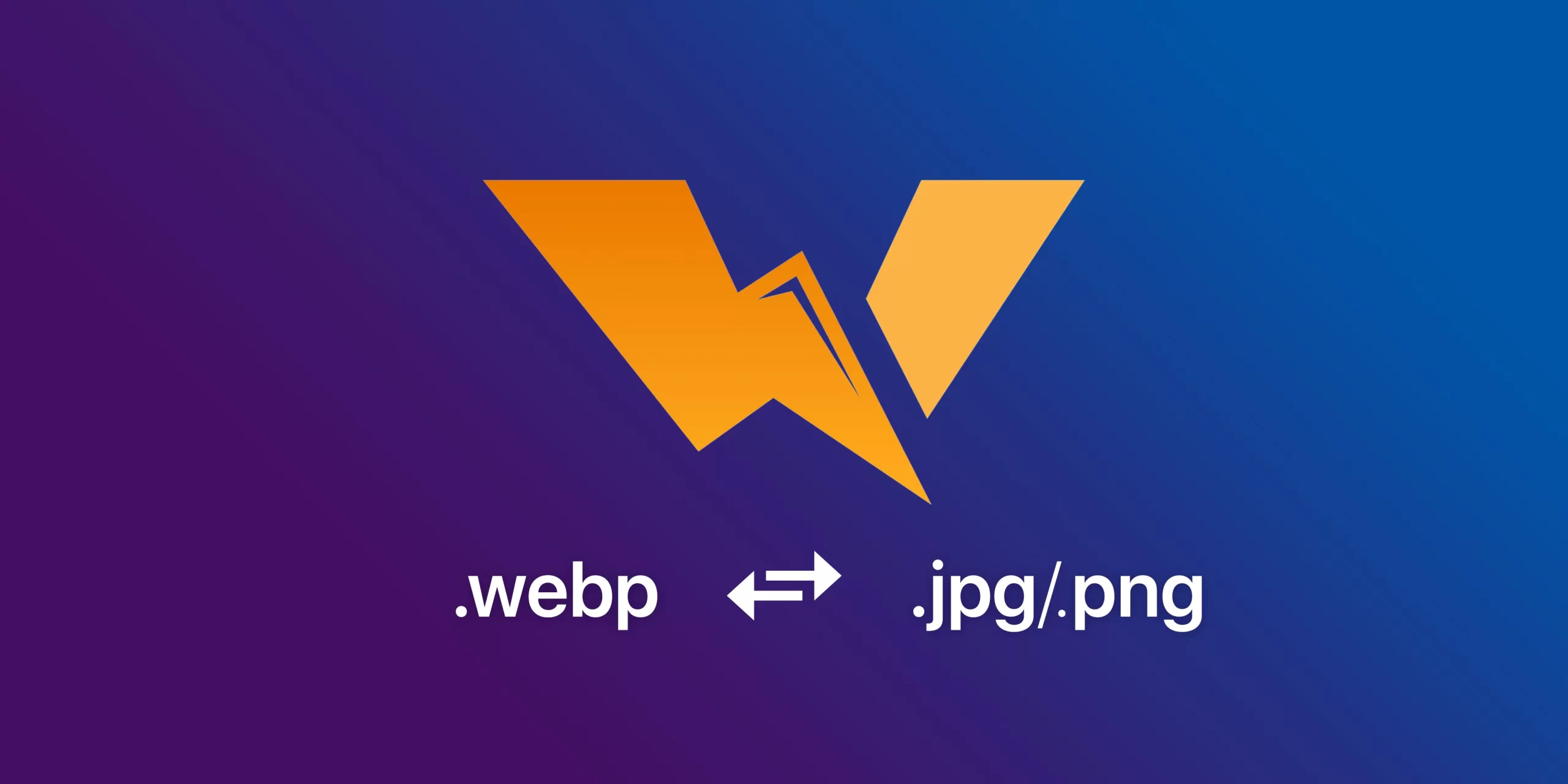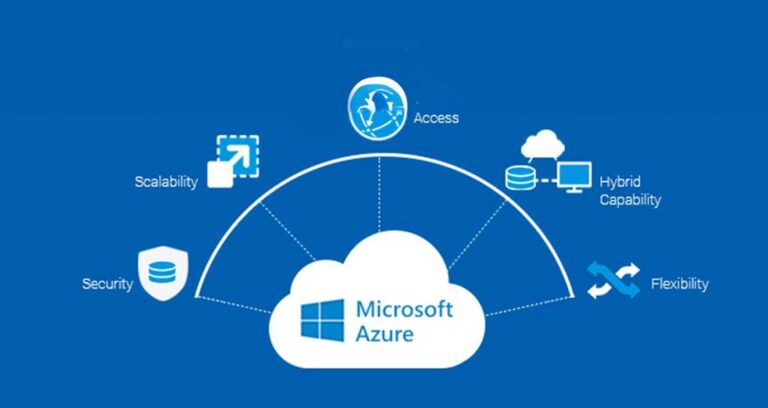
Among photographers and designers, the argument between PNG and WebP is a popular subject in the constantly changing field of digital imaging. Although WebP has become a very effective image format with excellent compression qualities, some professionals still choose PNG in particular circumstances. Webptopng and other tools have grown, letting professionals quickly convert WebP images into PNG for more effective use in different applications. Let’s explore the reasons why professionals usually choose PNG instead of WebP.
Compatibility and technical support
Although WebP is efficient, PNG is still more generally embraced among several design tools, operating systems, and browsers. Software such as CorelDRAW, Illustrator, and Adobe Photoshop smoothly support PNG; WebP, however, sometimes requires extra plugins or updates.
Furthermore, older programs and legacy systems might not support WebP at all, which means that for experts seeking cross-platform compatibility, PNG is the better and more accessible option. In addition to these applications, there is general support for content management systems, e-commerce platforms, and mobile apps that emphasize PNG over WebP.
Transparency in web design and UI/UX
Though WebP is designed for web performance, for icons, buttons, and graphic elements needing clear transparency, PNG is still significantly applied in UI/UX design. For sharp-edged graphics demanding accurate transparency lacking defects, web designers sometimes select PNG over WebP. For overlay elements in app design, especially when you want to preserve exact quality levels and sharp edges is vital.
Furthermore, certain email clients and browsers have not yet fully supported WebP, so PNG is a more dependable format for web elements that must work smoothly in all settings.
Provide lossless compression
One of the main reasons designers and photographers prefer PNG is its lossless compression features. Whereas WebP provides lossless and lossy possibilities, PNG guarantees that pictures retain their original quality free of any degradation. This is very important, especially in domains such as digital design, photography, and professional printing, where every pixel counts.
Better color accuracy and more detail retention
Color accuracy and tiny details are the hallmarks of photographers and designers, so PNG is an indispensable format. Compared to WebP, which usually supports 8-bit per channel, PNG offers a wider range of color depths (up to 16-bit per channel). High-end photo editing and artistic compositions absolutely depend on the smoothness and naturalness of small details, shadows, and gradients, all of which this extended color depth guarantees.
When dealing with RAW image files, converting them to PNG helps preserve the integrity of gentle color transitions. Meanwhile, WebP’s compression may change these elements somewhat, even in lossless mode.
Print media and excellent results
Because of its capacity to preserve uncompressed, high-resolution images, PNG surpasses WebP in printed media. Since it was mostly created for web usage, WebP lacks some of the important qualities required for print production, such as support for CMYK color models.
PNG is a preferred option for photographers and designers preparing photos for physical media, brochures, or posters since it preserves every color information and detail independently of lossy compression. This guarantees that the printed output looks exactly as planned.
Layered processes and easy editing
Professionals also choose PNG for its compatibility with layered workflows. Files in PNG format maintain color quality and transparency in software like Photoshop, so they are simpler to incorporate into sophisticated designs and work.
On the other hand, WebP does not support layered formats similarly; sometimes, it needs transmutation before detailed editing can be done. This extra step might be inconvenient for experts who require a smooth workflow with few interruptions.
Although WebP is great for web projects, given its outstanding compression and smaller file sizes, PNG is still the best option in cases where compatibility, color depth, transparency, and lossless quality are paramount. Professionals who frequently must change WebP files back to a more flexible format find tools like WebPtoPNG useful for exactly this reason.
Ultimately, the intended use will determine the decision between WebP and PNG. PNG is second to none for print-ready images, precise edits, and top-notch graphics. Meanwhile, WebP remains a powerful substitute for web-based software where speed and performance come first. Knowing the advantages and restrictions of every medium helps designers and photographers to make conscious decisions that meet their artistic needs.
Write and Win: Participate in Creative writing Contest & International Essay Contest and win fabulous prizes.


